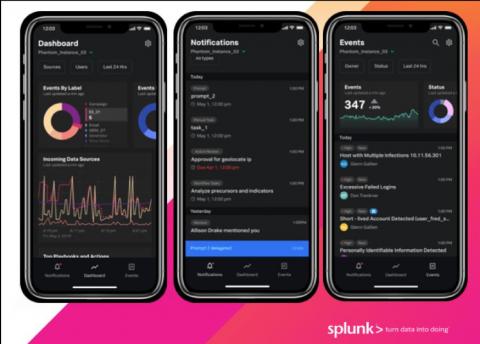Speed: A Security Analyst's Best Friend
In so many ways, speed is a security analyst’s best friend. From threat detection to containment to response – the faster you are, the more secure your business will be. It’s exactly why metrics like dwell time, MTTD (mean time to detect) and MTTR (mean time to respond) exist. It’s a barometer for the strength of your organization’s security, and a gauge of success for any good security team.










